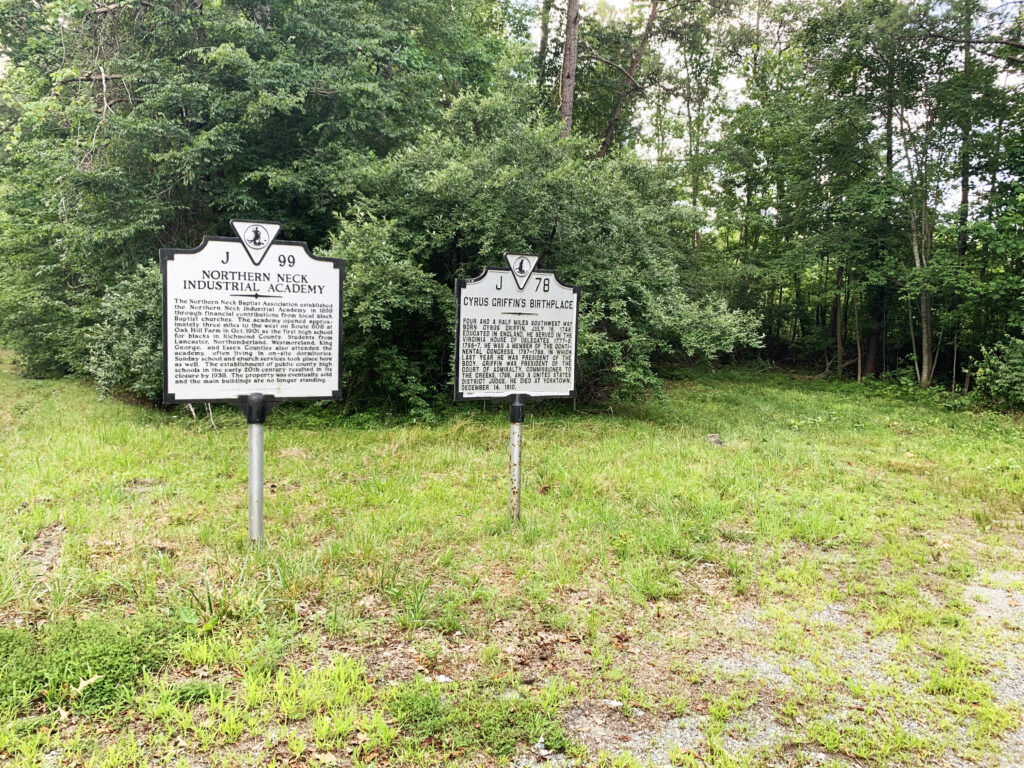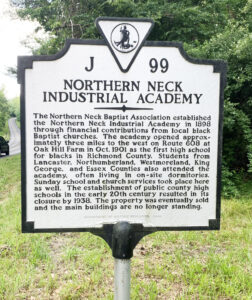
When slavery was abolished in 1865, former slaves found themselves learning to cope with their newfound freedoms. Although the Thirteenth Amendment ended much of their suffering and opened up opportunities to pursue lives, families, and futures of their own, the road ahead presented many challenges and hardships of its own.
Newly freed slaves found themselves in desperate financial situations, as most had no education and no money of which to speak. As a result, many made arrangements to rent land from white former slave owners. Prejudice continued to run deep among the white community, which also limited former slaves’ opportunities.
In the midst of the societal upheaval that was occurring at the time, the black community drew strength from faith and fellowship. The churches they established allowed them to worship more freely, but also allowed individuals to socialize and exchange thoughts and ideas.
With the absence of quality state-provided education, churches soon began working together to support and fund the building of schools and the furtherance of education in the black community.
In Richmond County, a historical marker recognizes a church-funded school that once served the area. The marker reads:

The Northern Neck Baptist Association established the in 1898 through financial contributions from local black Baptist churches. The academy opened approximately three miles to the west on Route 608 at Oak Hill Farm in Oct. 1901 as the first high school for blacks in Richmond County. Students from Lancaster, Northumberland, Westmoreland, King George, and Essex Counties also attended the academy, often living in on-site dormitories. Sunday school and church services took place here as well. The establishment of public county high schools in the early 20th century resulted in its closure by 1938. The property was eventually sold and the main buildings are no longer standing.
Privately owned and operated black schools, such as the Northern Neck Industrial Academy, served as primary places of education in the south until the 1950s, when public schools began to integrate in response to the Brown vs. Board of Education of Topeka ruling. This landmark case finally allowed access to equal education for both black and white students across the nation.
Information sourced from khanacademy.com and the Historical Marker Database





